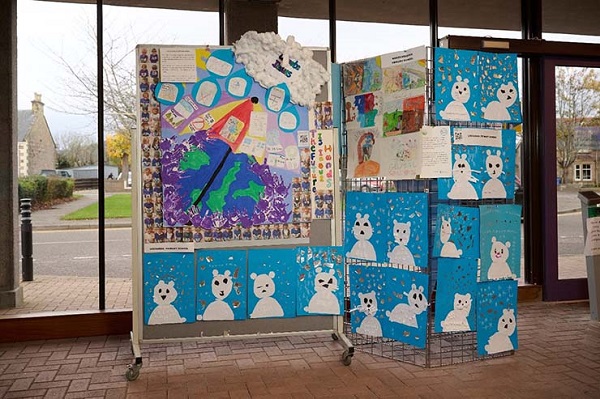4.2 Curating

The word curate means ‘to care for’. Care was alluded to in Unit 1, where notions of solidarity, compassion, ethics, and empathy surfaced in relation to UNESCO’s (2023) Renewing the Social Contract for Education. Curating as a process of participatory care is a pedagogical approach that can be adapted to any discipline, problem, issue, or concept. It is shared here not as a technique to be applied, but as an approach to thinking about the nature of participation as:
- generative
- connective
- organic
- multimodal
allowing for silent, hidden as well as visible, explicit participation. It can create connectivities across time and space, as well as create spaces of critique and integration of learning with self, with community, environments and others.
The internet has led to a dramatic expansion of the participatory sphere (Cornwall and Coelho, 2006), where individuals can participate in local, national and global actions. It has reduced barriers between citizens and policy, far away environments and locally created issues, and between generations and cultures. This allows our learners to curate materials, perspectives and issues from across the globe in minutes.
 Reflection
Reflection
Using the image in Figure 1, consider how far pedagogies of curation are relevant to and are, or have potential to be, explicitly explored in your own practices?
4.1 Relating to space, place and community

